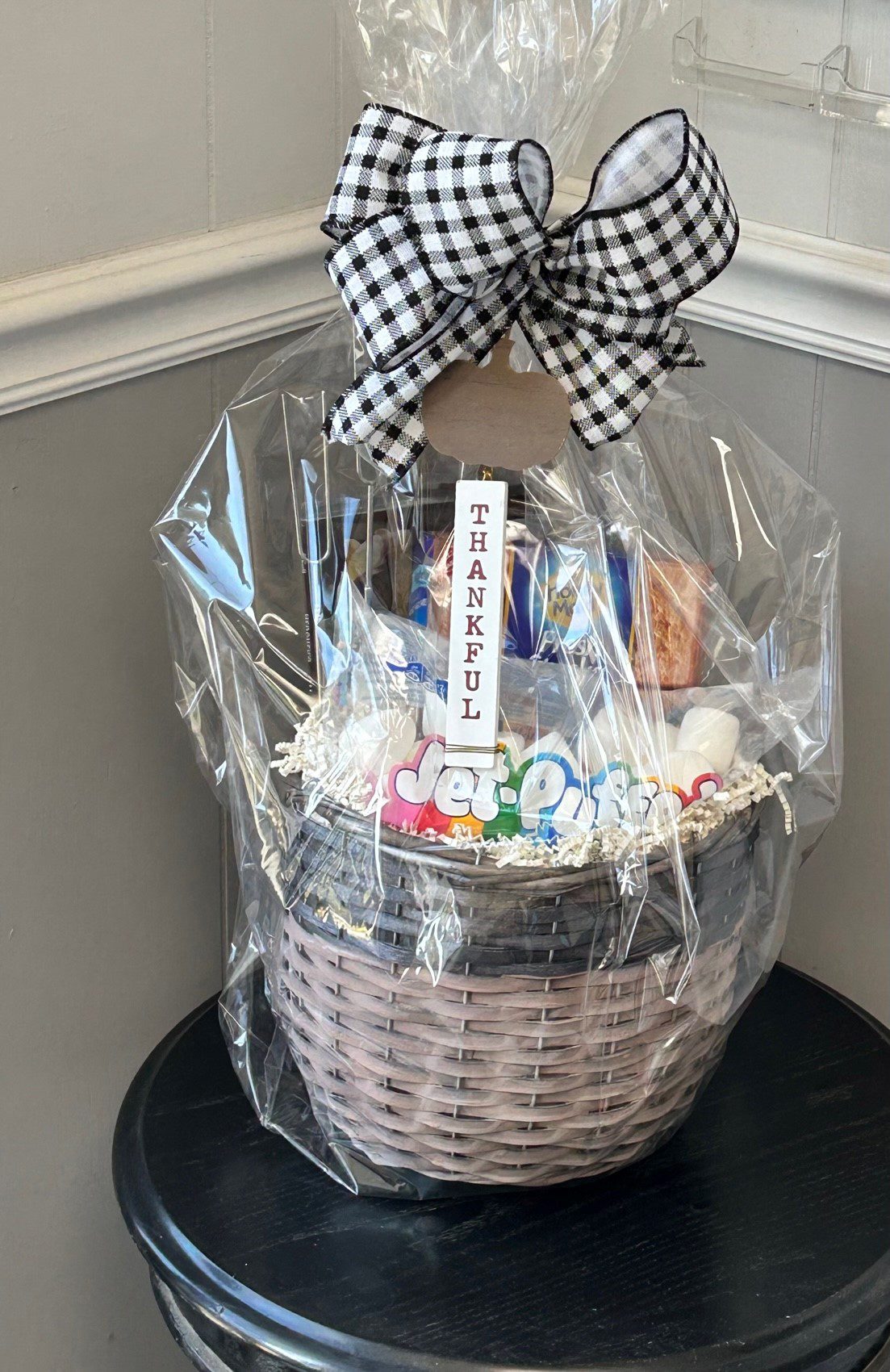When most people think of pine trees, they think of the needles. But what are pine needles, really? And what is the difference between pine needles and pine straw? In this blog post, we will explore the answers to those questions and more!
Pine Needles
Pine needles are actually the leaves of pine trees. They are long, thin, and sharp, and they grow in clusters. Pine needles can vary greatly in length, be anywhere from two to twelve inches long, and they are usually a yellow-green or blue-green color.
Pine needles are an important part of the pine tree’s life cycle. They help the tree to get the nutrients it needs from the sun, and they also help to protect the tree from pests and diseases.
Pine needles are also a source of food for some animals, like deer and rabbits. And humans can use pine needles to make tea!
Pine Straw
Pine straw, on the other hand, is the dried remains of those pine needles. Once the needles have fallen off the tree, they will dry out and become brittle. And that is what we call pine straw. Pine straw is often used as mulch or packing material, and it can be a great addition to your garden.
Pine straw is brown or reddish in color, and it can be shorter than pine needles. This is because after the pine needles fall, anything that damages or breaks the brittle straw will reduce the length.
There are many uses for pine straw, and it is often used as mulch because it is an effective way to keep weeds at bay and help the soil retain moisture. It is light and very easy to spread. It’s a common misconception that pine straw is acidic, but according to this article by the University of New Hampshire Extension, “Pine needles themselves are acidic but do not have the capacity to appreciably lower the soil pH.” If you’re interested in the topic, this is a great article for further reading and context.
The straw can also be used for craft projects, like making pine needle baskets.
So, there you have it! The difference between pine needles and pine straw. Now that you know the difference, which will you choose for your next project?
Are you going to brew some tea? Will you weave a basket? Choose your materials wisely, because the same material at different stages of the lifecycle can yield wildly different results!
